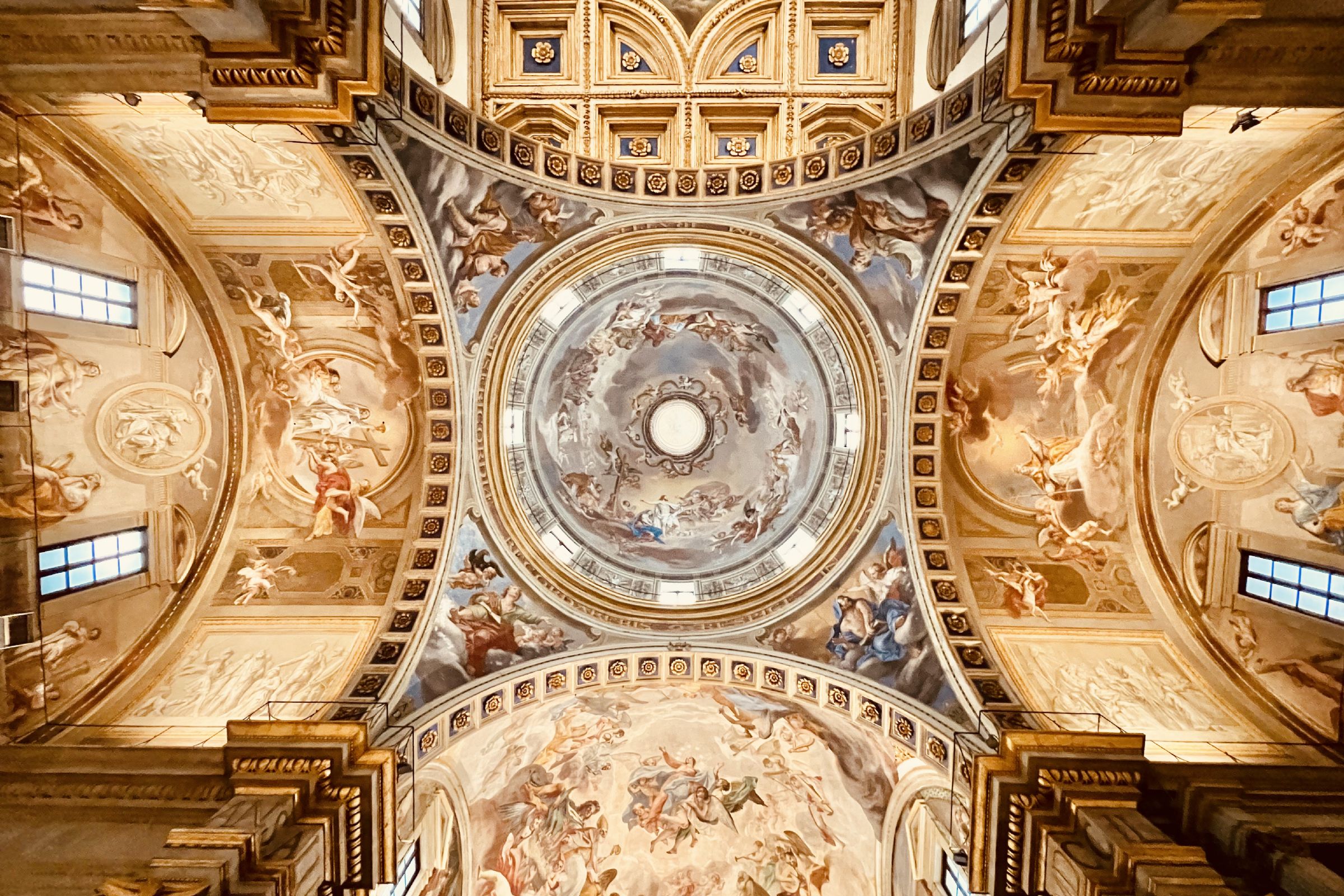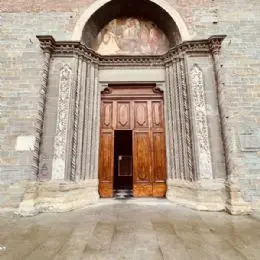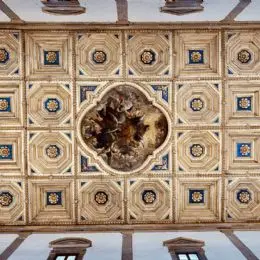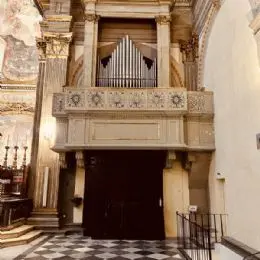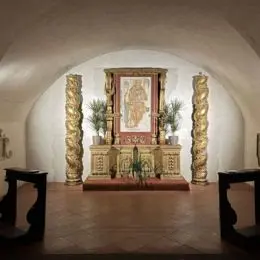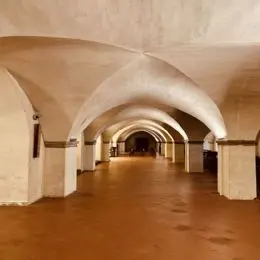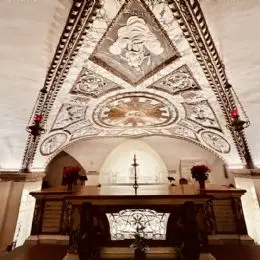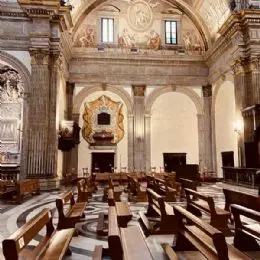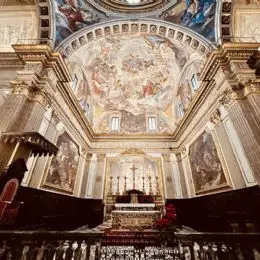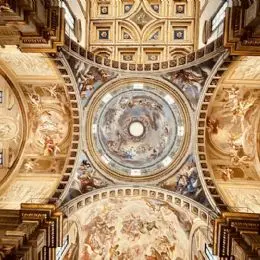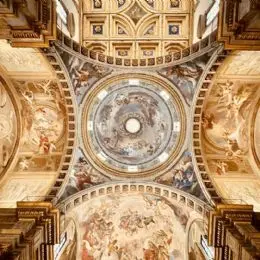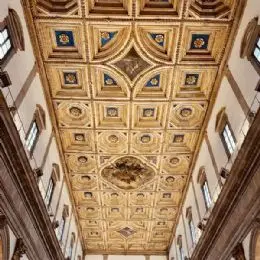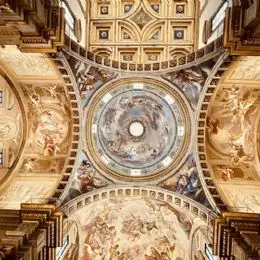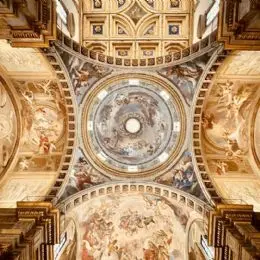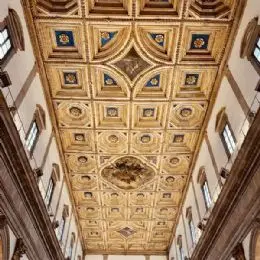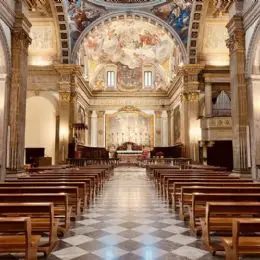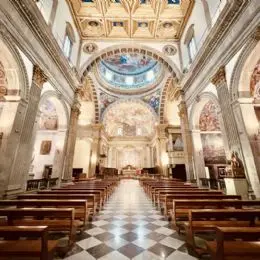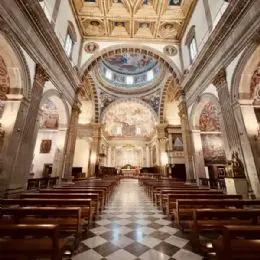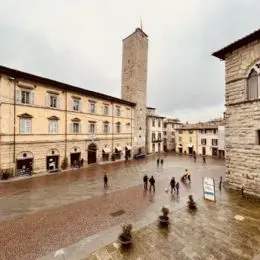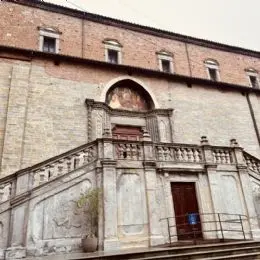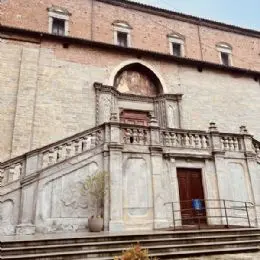City of Castello
Lying in the cultivated countryside between tree-lined hills and farmhouses, within the sixteenth-century walled perimeter lapped by the river, with towers and churches emerging peacefully in the landscape.
The measured taste for beauty seems to be the peculiarity of Città di Castello, which in the typologies and regularity of the large meshes of the building fabric shows the results of the fundamental architectural-urbanistic intervention promoted by the Vitelli lordship : the sixteenth-century qualification marks the minor building and the monumental, which give a particular character to the urban environment by inserting themselves vigorously in the medieval fragments.
Between the fifteenth and sixteenth centuries, an important crossroads of the arts , open to the many Tuscan, Marche and Roman influences, the tifernate center preserves a high cultural tradition, nourished by the contributions of artists such as Luca Signorelli, Raphael (who painted four of his masterpieces there), Vasari, Rosso Fiorentino, up to the contemporary Alberto Burri who donated an exceptional collection of his works to the city.
The cult of the arts is projected, among other things, into the persistence of handicraft productions that use the ancient processing systems, first of all weaving and typography.
Cathedral of Città di Castello
